January 25, 2023
We have an Antarctica Expedition Team on board with us and they are offering a series of lectures on the area we are about to visit. We took advantage of our day at sea to attend some of those lectures. We learned about the different types of ice and how they are formed, the ecosystems of Antarctica and those who have ventured here before us.

Glacial ice begins as snowflakes. Over a period of about 4 years, that snow becomes a dense mass referred to as a glacier. Glaciers are constantly moving under their own weight. Over time this movement creates fissures that eventually break free from the main body of the glacier. When they fall into the water, they become icebergs. Glacial ice can carve through solid granite.

Sea ice is frozen sea water that floats on the surface. This is the type of ice that creates ice floes, a perfect habitat for wildlife. During winter months in Antarctica sea ice expands so far out in such a solid mass that it nearly doubles the size of the continent. It contracts during the summer months, which is when we are traveling through.
Antarctica is the coldest, windiest, driest and highest continent on Earth. Surface ice can be as much as 15,000 feet thick. It has the harshest conditions for life of any of the continents. Only four percent of Antarctica is ice-free. This lack of water equals a desert for life – a new perspective for Pam, who always associated the term “desert” with heat. Turns out it’s the lack of access to water that defines a desert, regardless of whether that lack is caused by extreme heat or extreme cold.
In the ice-free area Antarctica is home to 260 species of lichens (some 4,000 years old!), 70 species of mosses and two flowering plants. Following are pictures from the lecture we attended by Professor Craig Franklin, a zoologist who’s made 9 visits to research marine life.
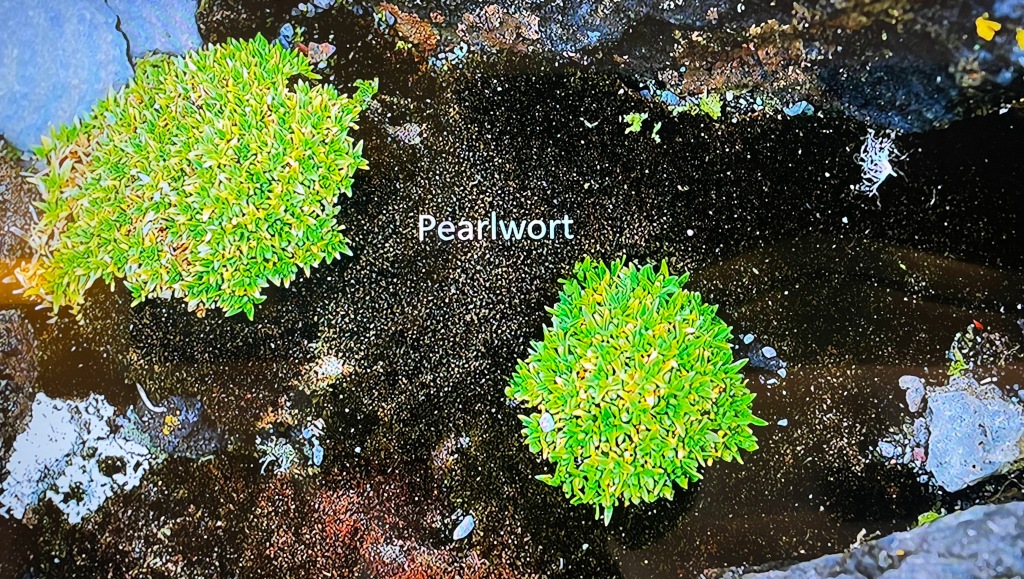
The underwater world of Antarctica is beautiful. Again, pictures are from Professor Franklin’s presentation.
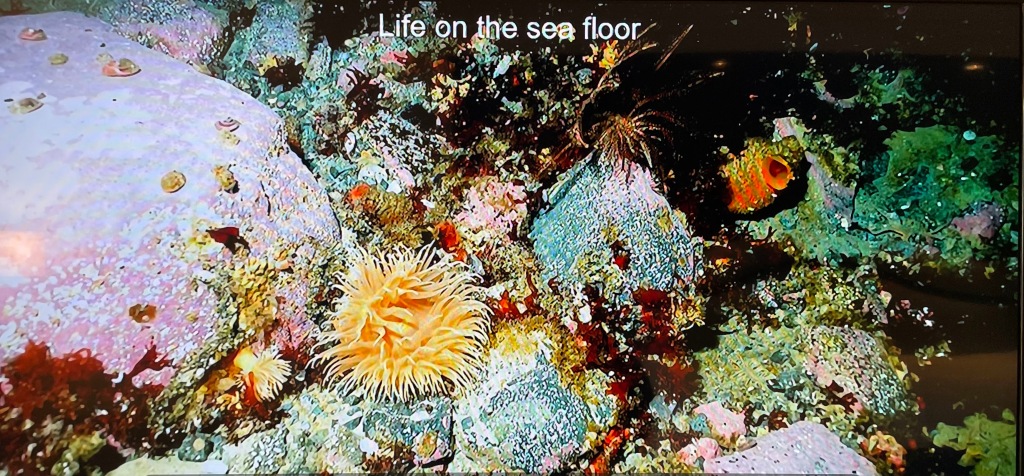
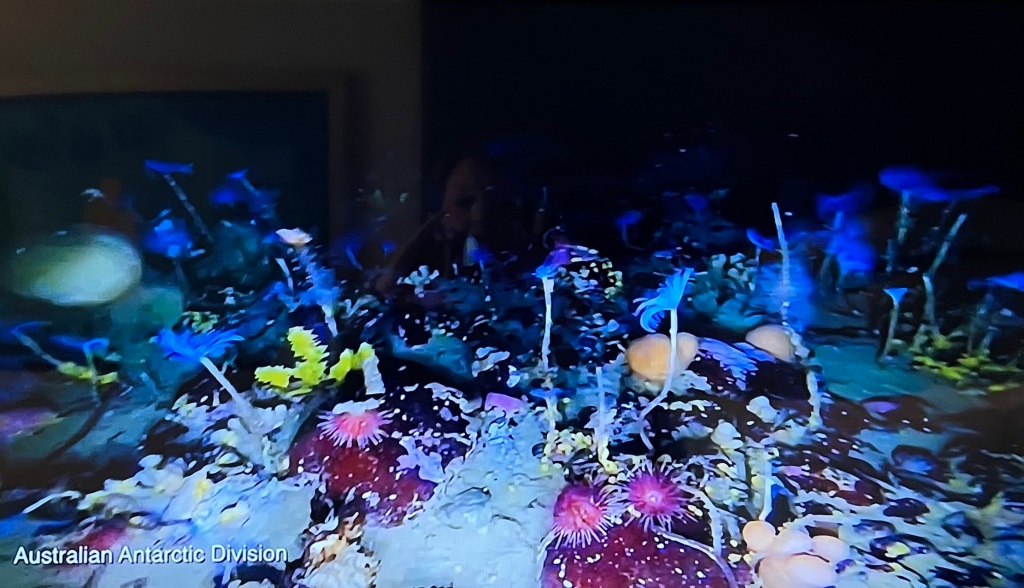
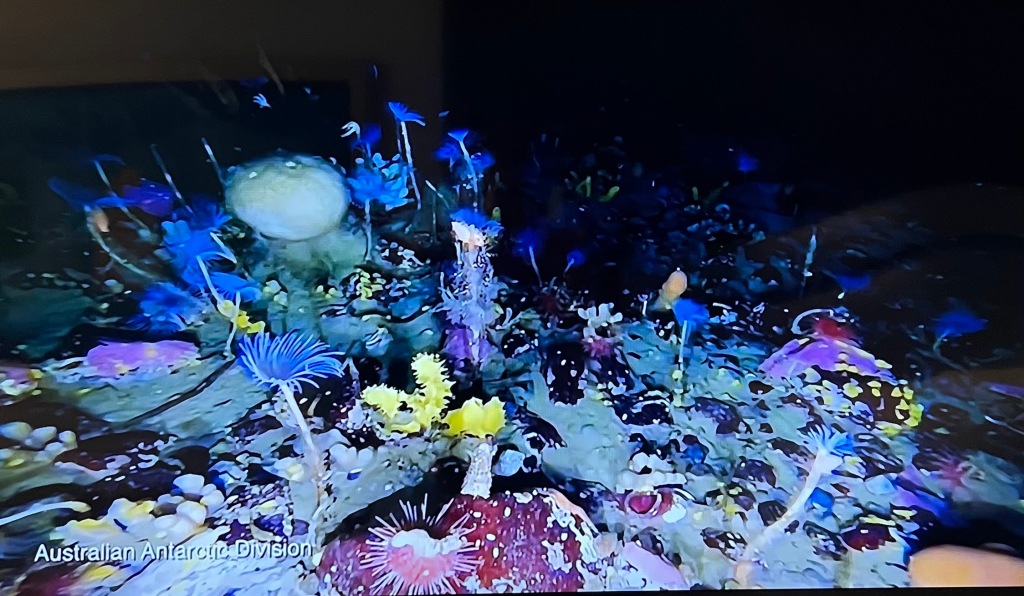
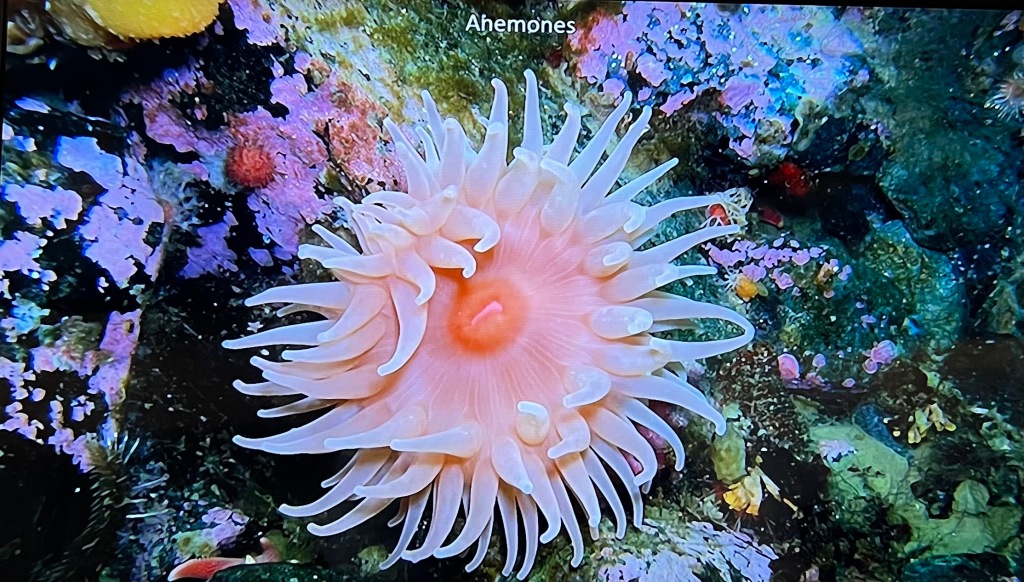
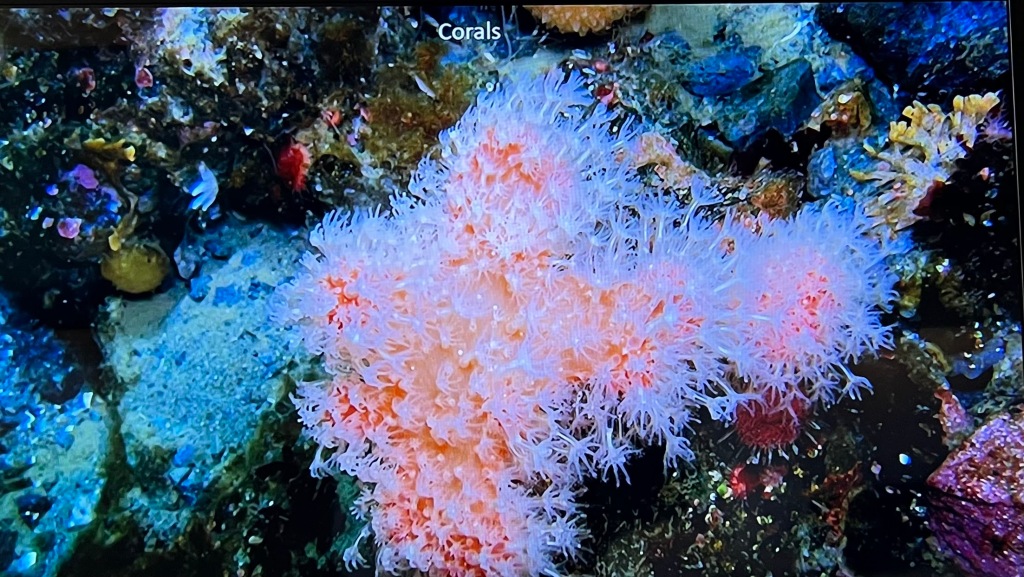
Scientist don’t know why (some theorize it’s because there’s more oxygen in colder waters), but some lifeforms in Antarctica experience Polar Gigantism – their bodies grow much larger than they do in warmer environments. More pictures from Professor Franklin…
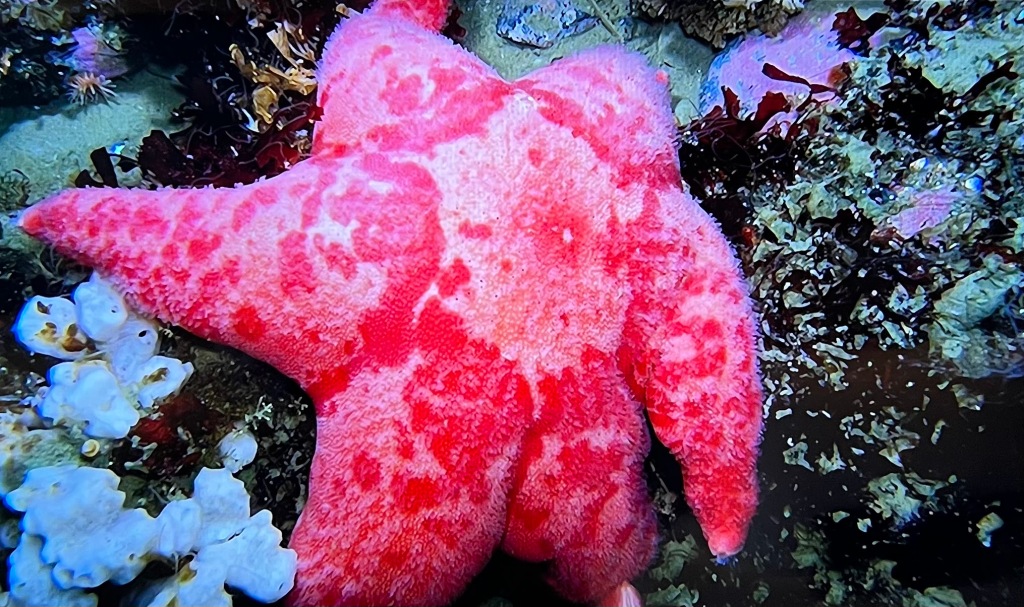

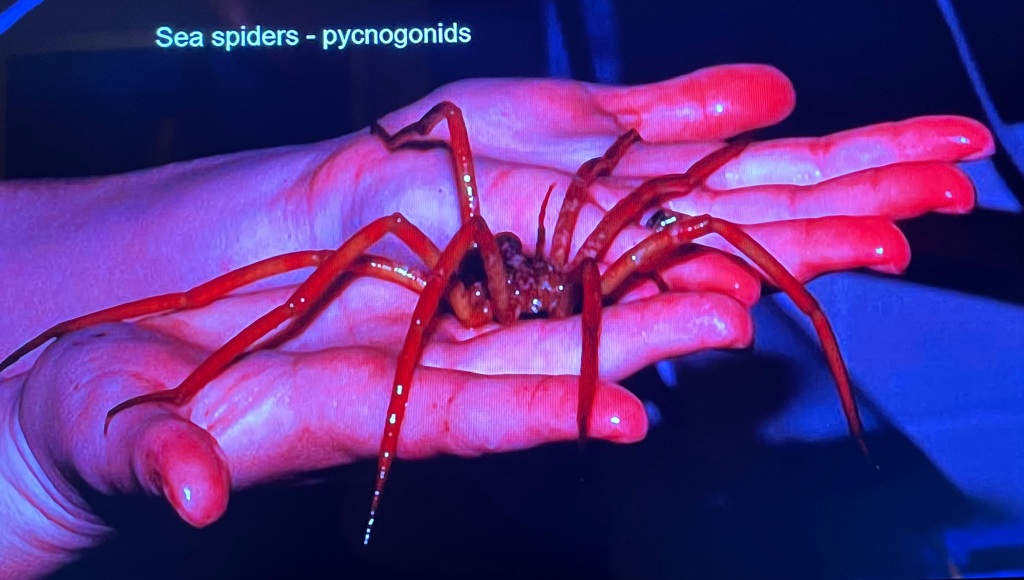
Jellyfish can have bodies that are 10 feet across with tentacles that reach as far as 30 feet. Starfish can be more than two feet across. The fish on the body of the starfish above are about a foot long. And what more needs to be said about that spider???
